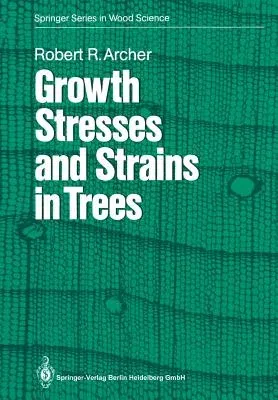Robert R Archer
(Author)Growth Stresses and Strains in Trees (Softcover Reprint of the Original 1st 1987)Paperback - Softcover Reprint of the Original 1st 1987, 12 December 2012

Qty
1
Turbo
Ships in 2 - 3 days
In Stock
Free Delivery
Cash on Delivery
15 Days
Free Returns
Secure Checkout
Part of Series
Springer Wood Science
Part of Series
Springer Series in Wood Science
Print Length
240 pages
Language
English
Publisher
Springer
Date Published
12 Dec 2012
ISBN-10
3662025132
ISBN-13
9783662025130
Description
Product Details
Author:
Book Edition:
Softcover Reprint of the Original 1st 1987
Book Format:
Paperback
Country of Origin:
NL
Date Published:
12 December 2012
Dimensions:
24.41 x
16.99 x
1.35 cm
Genre:
Ecology
ISBN-10:
3662025132
ISBN-13:
9783662025130
Language:
English
Location:
Berlin, Heidelberg
Pages:
240
Publisher:
Weight:
408.23 gm

